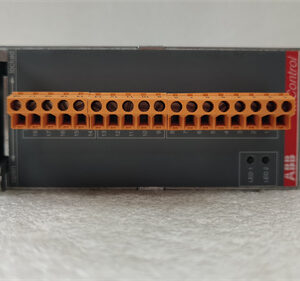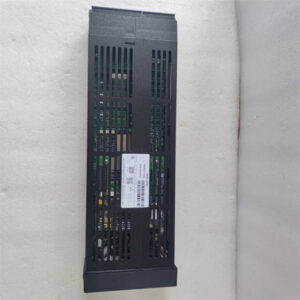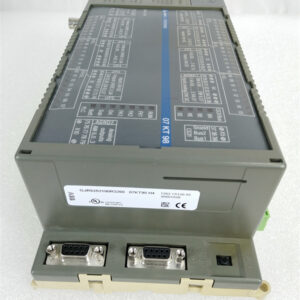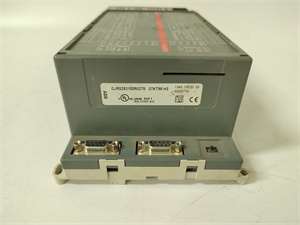Description
Detailed Parameter Table
| Parameter Name | Parameter Value |
| Product Model | LC1000-S/SP7 |
| Manufacturer | ABB |
| Product Category | Low-voltage air circuit breaker (ACB) |
| Rated Current (Iₙ) | 1000 A |
| Rated Voltage (Uₑ) | 415 V AC (3-pole) |
| Breaking Capacity (I𝑐𝚞) | 50 kA (at 415 V, 3-phase) |
| Making Capacity (I𝚖) | 125 kA (peak) |
| Operating Frequency | 50/60 Hz |
| Pole Configuration | 3 poles |
| Trip Unit Type | SP7 (electronic, adjustable thermal and magnetic protection) |
| Mounting Type | Fixed mounting in switchgear panels |
| Control Voltage | 220 V AC |
| Dimensions (W×H×D) | 280 mm × 360 mm × 220 mm |
| Weight | Approx. 25 kg |
| Standards Compliance | IEC 60898, IEC 60947-2, CE, UL 489 |
| Compatible Systems | Low-voltage distribution panels, Tmax T7 molded case circuit breakers (for coordination), generator protection systems |
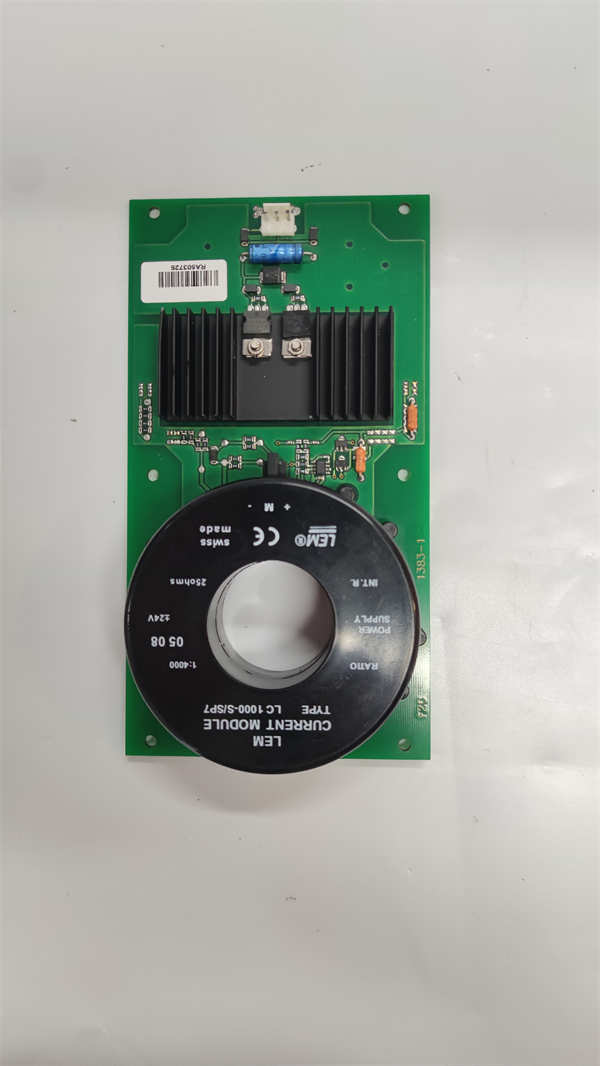
ABB LC1000-S/SP7
Product Introduction
The LC1000-S/SP7 is a high-performance low-voltage air circuit breaker (ACB) from ABB, designed to protect 415 V electrical distribution systems with a rated current of 1000 A. As a critical component in power distribution, it combines reliable overcurrent protection with efficient current interruption, safeguarding electrical equipment, cables, and motors from damage caused by overloads, short circuits, and phase faults.
Equipped with the SP7 electronic trip unit, this breaker offers adjustable thermal and magnetic protection settings, allowing customization to match specific system requirements. Its robust construction ensures durability in industrial environments, while the fixed mounting design integrates seamlessly into low-voltage switchgear panels. Whether deployed in manufacturing plants, commercial buildings, or data centers, the LC1000-S/SP7 provides precise protection, minimizing downtime and ensuring safe operation of electrical networks.
Core Advantages and Technical Highlights
High breaking capacity
With a breaking capacity of 50 kA at 415 V, the LC1000-S/SP7 can safely interrupt large short-circuit currents, making it suitable for industrial environments with high fault levels. In a manufacturing facility with multiple 500 kW motors, a sudden short circuit in a motor starter would generate up to 45 kA—well within the breaker’s interrupting capability, preventing damage to the main distribution panel.
Adjustable protection settings
The SP7 trip unit allows precise adjustment of thermal (overload) and magnetic (short-circuit) settings. For example, in a data center’s UPS system, the thermal trip can be set to 120% of rated current (1200 A) with a 10-minute delay to handle temporary inrush currents, while the magnetic trip is set to 10×Iₙ (10,000 A) for instant interruption of severe faults. This flexibility ensures optimal protection for diverse loads.
Reliable operation
The breaker’s air-insulated design and mechanical latching mechanism ensure consistent performance over 10,000 operations. In a 24/7 operation facility (e.g., a hospital), this reliability minimizes the risk of unexpected tripping, ensuring uninterrupted power to critical systems like life support equipment.
Typical Application Scenarios
In a food processing plant’s main distribution panel:
LC1000-S/SP7 serves as the main incoming breaker, distributing 415 V power to downstream feeders supplying refrigeration units, mixers, and packaging machines.
The SP7 trip unit is programmed to protect against overloads in refrigeration compressors (which draw high starting currents) and short circuits in mixer motors.
Its 50 kA breaking capacity handles faults from the plant’s 1 MVA transformer, preventing damage to the main panel during line-to-line faults.
In a commercial building’s electrical room:
The breaker controls power to a 800 kVA transformer secondary, feeding lighting, HVAC, and elevator systems.
Adjustable trip settings allow coordination with downstream Tmax T7 breakers, ensuring only the faulted feeder trips (selective coordination), minimizing power loss to other building areas.
Manual operation via front-panel handle allows maintenance personnel to safely isolate sections of the electrical system during repairs.
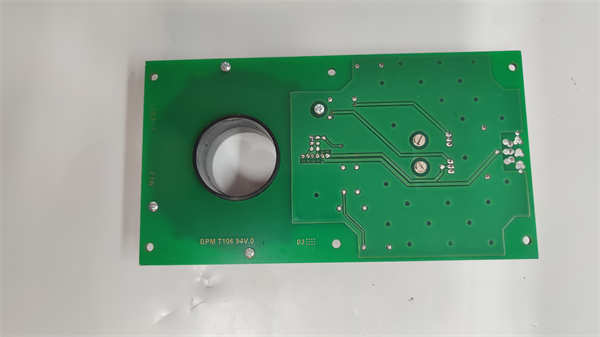
ABB LC1000-S/SP7
Related Model Recommendations
LC800-S/SP7: 800 A variant of LC1000-S/SP7 for smaller distribution systems.
SP7 Trip Unit: Replacement or upgrade unit for LC1000-S breakers, offering advanced protection features.
Tmax T7 1000: Molded case circuit breaker (MCCB) that coordinates with LC1000-S/SP7 in downstream feeders.
EOT 1000: Manual operating mechanism for LC1000-S/SP7, enabling remote operation.
XLP 1000: Shunt trip accessory for emergency shutdown of LC1000-S/SP7 during critical faults.
Emax 2 E2.10: Higher-capacity ACB (1600 A) for systems requiring greater current handling than LC1000-S/SP7.
Installation, Commissioning and Maintenance Instructions
Installation preparation
Mount LC1000-S/SP7 in a switchgear panel using the fixed mounting holes, ensuring a clearance of at least 150 mm above and below for wiring and heat dissipation. Connect the 3-phase incoming and outgoing cables to the breaker’s terminals, using lugs suitable for 1000 A current (e.g., 120 mm² copper cables). Torque terminal bolts to 45 Nm to ensure low-resistance connections. Wire the control voltage (220 V AC) to the trip unit’s coil terminals, following the wiring diagram.
Commissioning steps
Configure the SP7 trip unit using ABB’s trip unit programming tool: set thermal overload current (Ir = 800-1000 A), short-circuit pickup (Isd = 5×Ir to 10×Ir), and time delays. Test the breaker’s operation by simulating an overload (using a variable load bank) and confirming it trips within the set time. For short-circuit testing, use a calibrated test set to verify instantaneous tripping at 10×Ir. Check mechanical operation by manually opening and closing the breaker 10 times to ensure smooth movement.
Maintenance suggestions
Inspect LC1000-S/SP7 annually: check for loose connections, signs of overheating (discolored terminals), and dust accumulation. Clean the breaker’s contacts with fine sandpaper if oxidation is visible, ensuring a smooth mating surface. Test the SP7 trip unit’s functionality using a test kit to confirm settings remain accurate. Lubricate mechanical linkages every 2 years with ABB-approved lubricant to maintain operation. Replace the breaker if contacts are severely pitted or if the trip unit fails calibration, using only ABB-approved spares.
Service and Guarantee Commitment
The LC1000-S/SP7 is backed by a 5-year warranty, covering defects in materials and workmanship under normal operating conditions. ABB’s electrical distribution technical support team provides guidance on trip unit configuration, coordination studies, and installation best practices.
Customers receive access to detailed wiring diagrams and trip unit programming guides for LC1000-S/SP7. ABB offers on-site testing services to verify breaker performance and coordination with downstream protection devices. With global availability of replacement parts and units, downtime for maintenance or repairs is minimized, ensuring reliable power distribution in critical applications.
Full 12-month warranty on all components
Dedicated after-sales support
Same-day dispatch on 1000s of parts
All units are fully tested
- 1. Email confirmation
You will get an email confirming that we have received your enquiry. - 2. Dedicated Account Manager
One of our team will be in touch to confirm your part(s) specification and condition. - 3. Your quote
You will receive a comprehensive quote tailored to your specific needs.
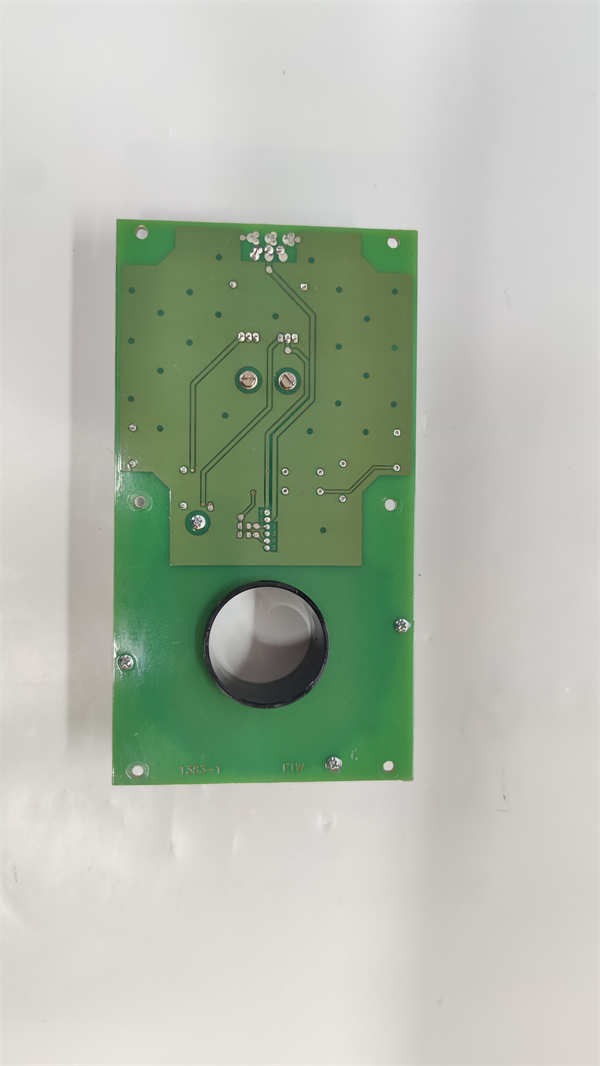
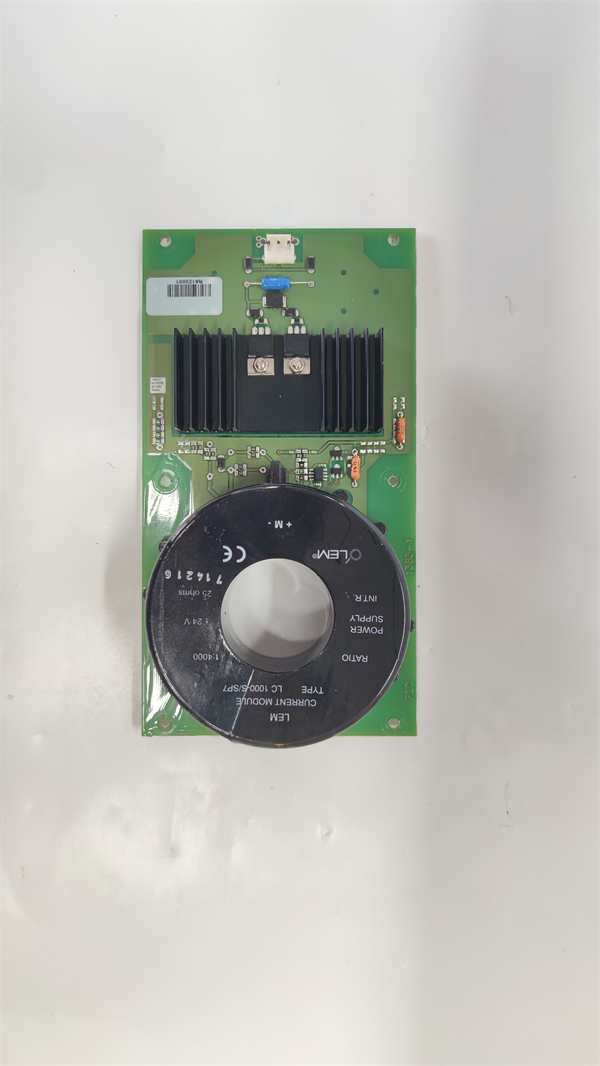
 Full 12-month warranty
Full 12-month warranty Available for dispatch immediately
Available for dispatch immediately We deliver worldwide
We deliver worldwide Full 12-month warranty on all components
Full 12-month warranty on all components